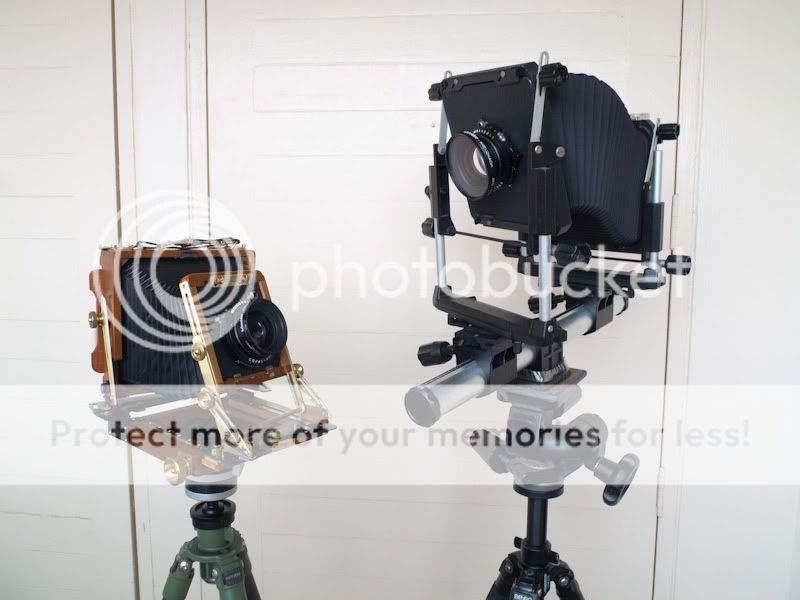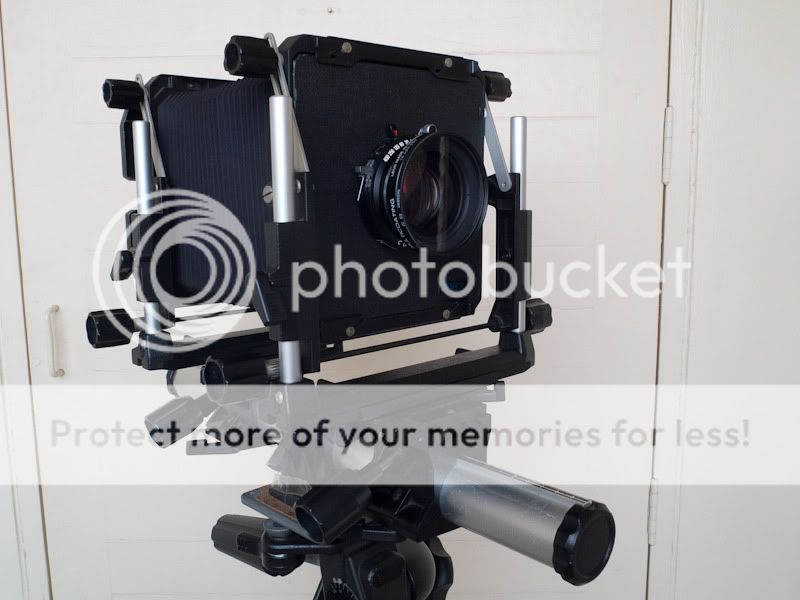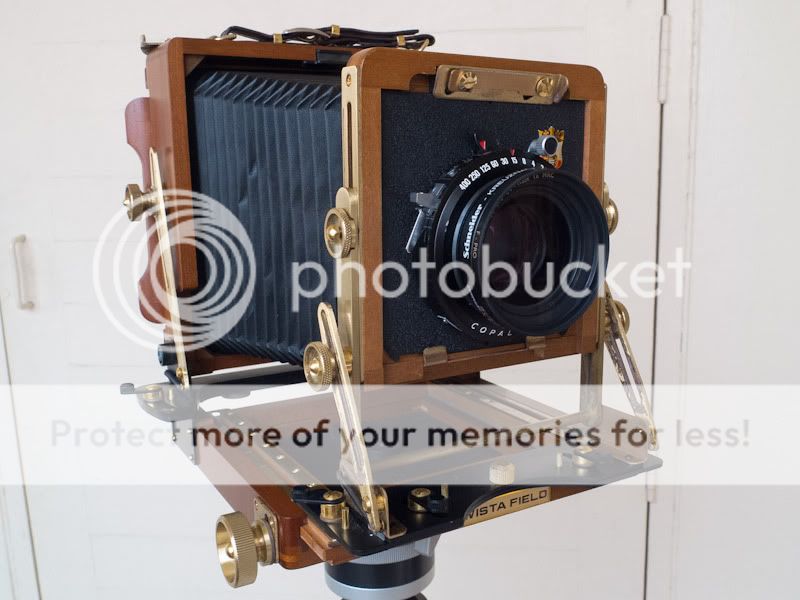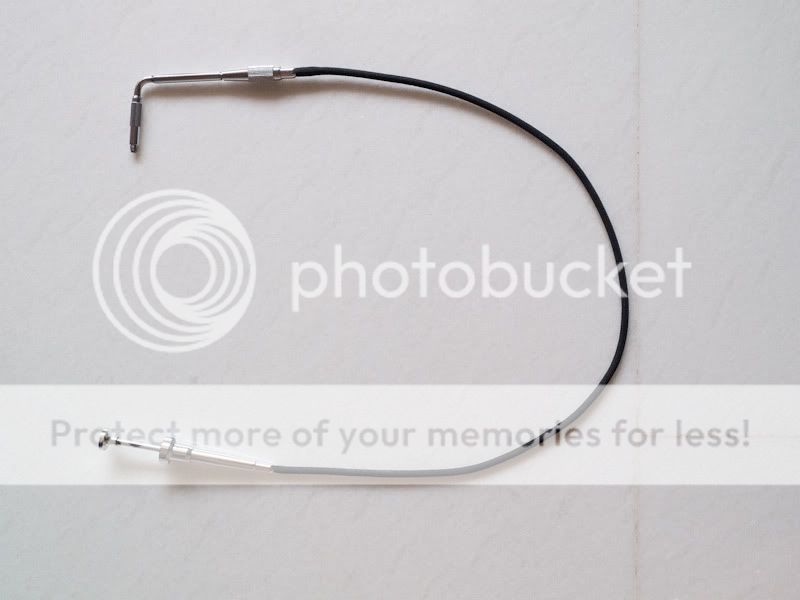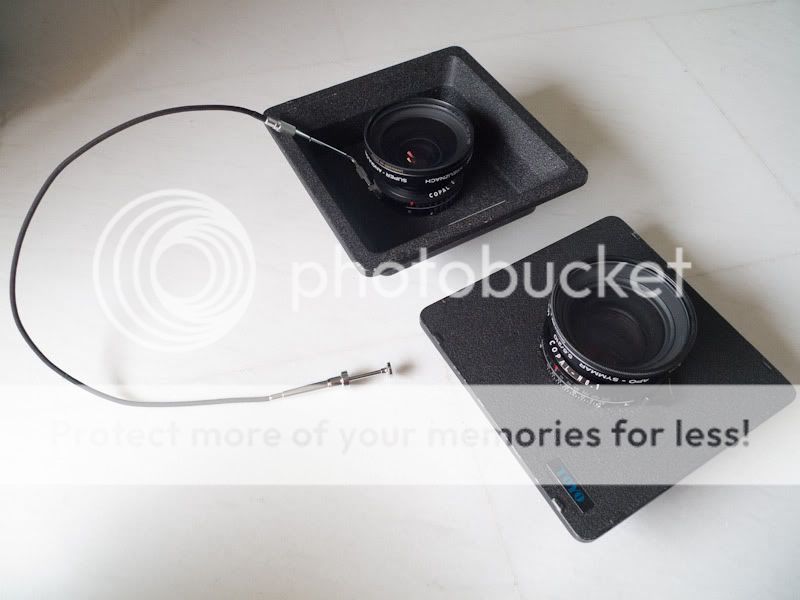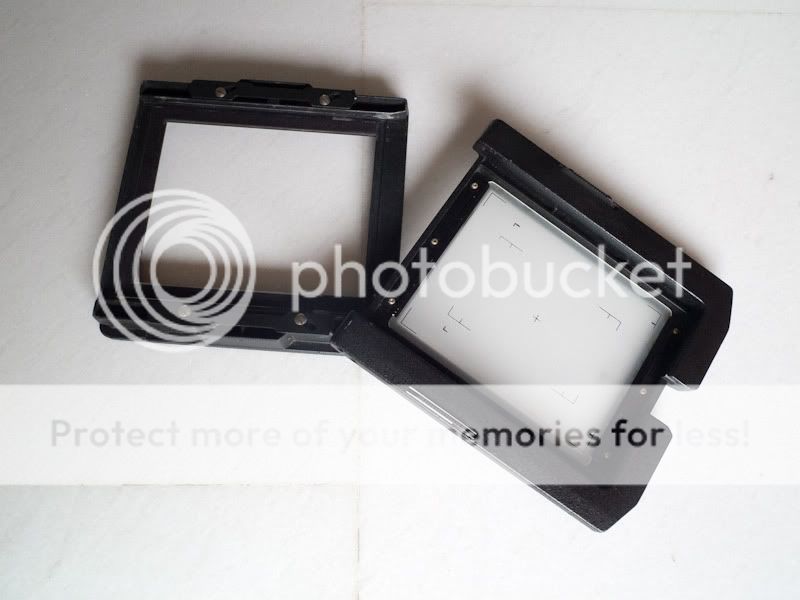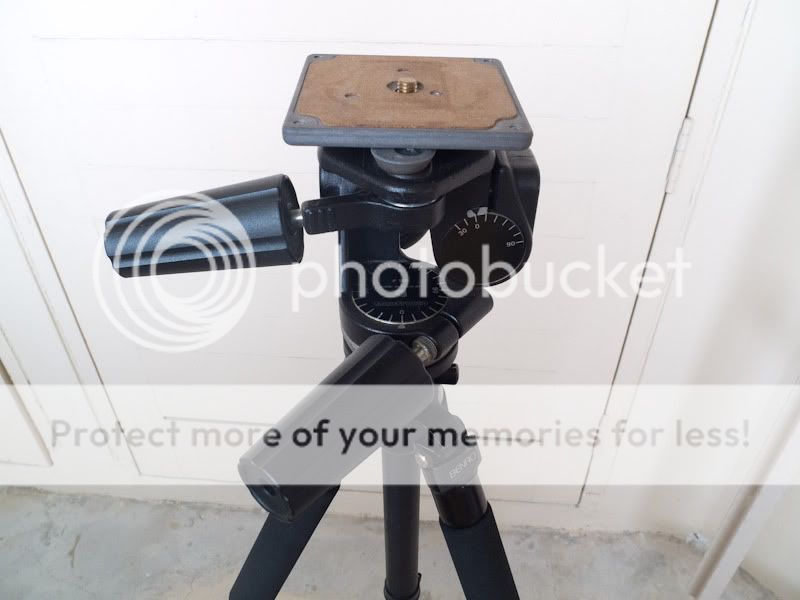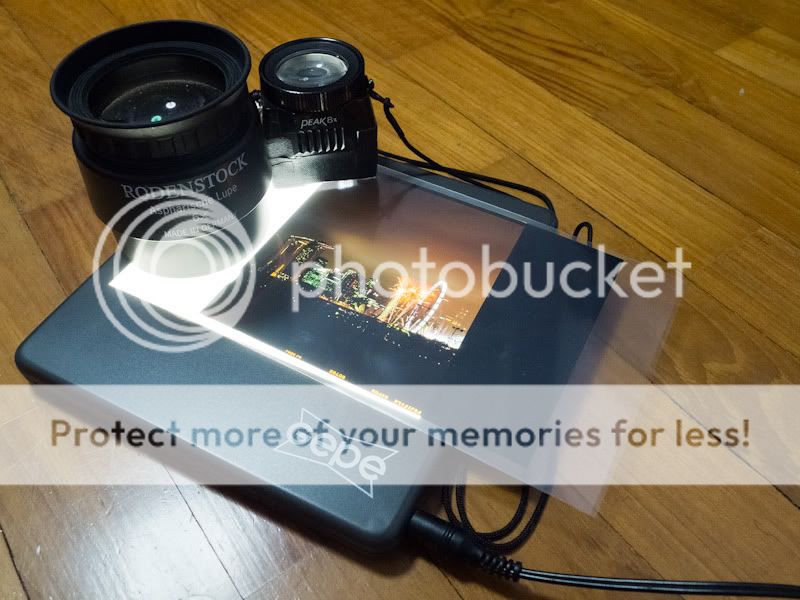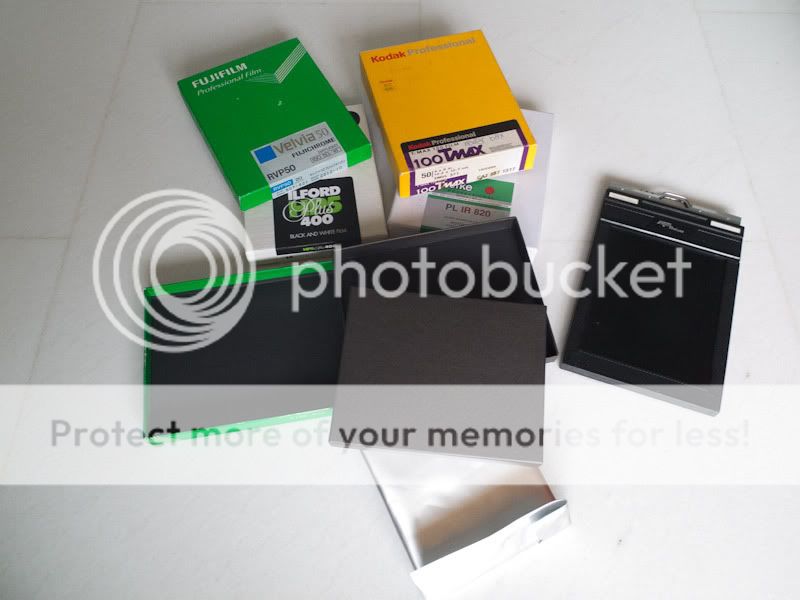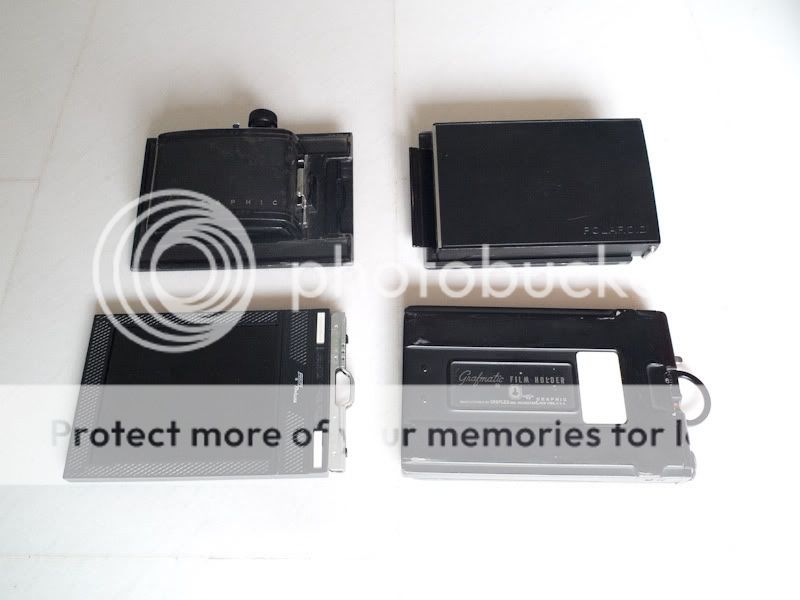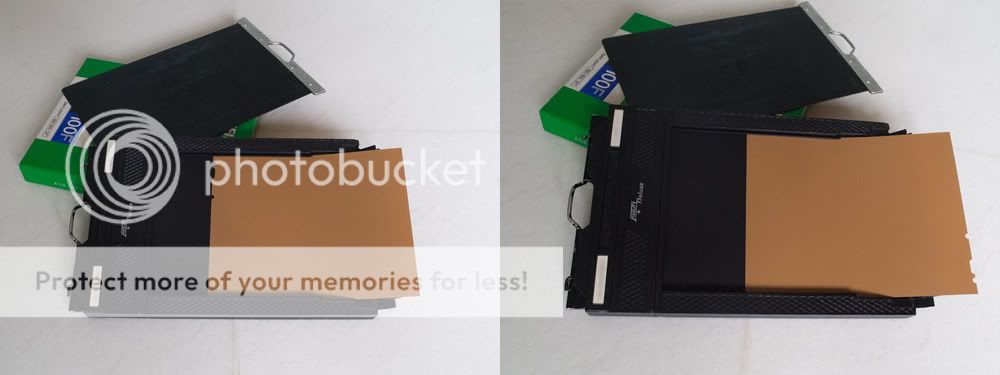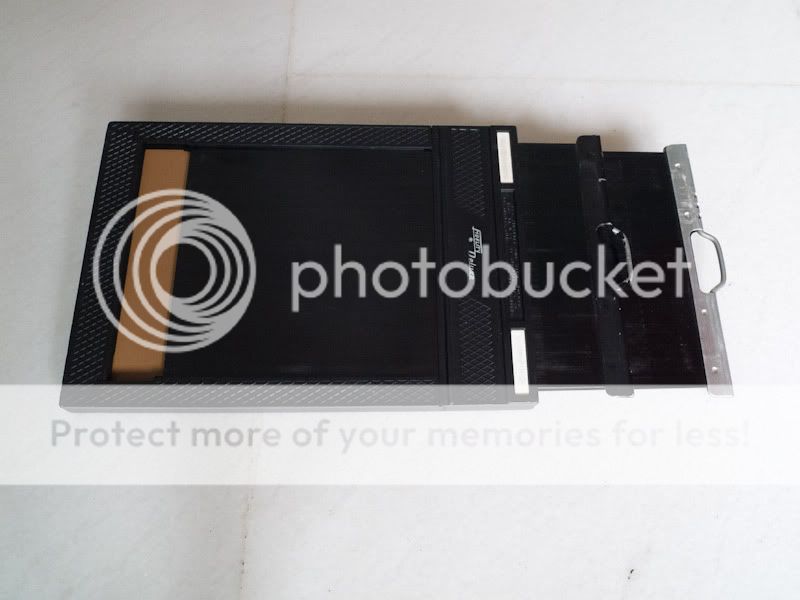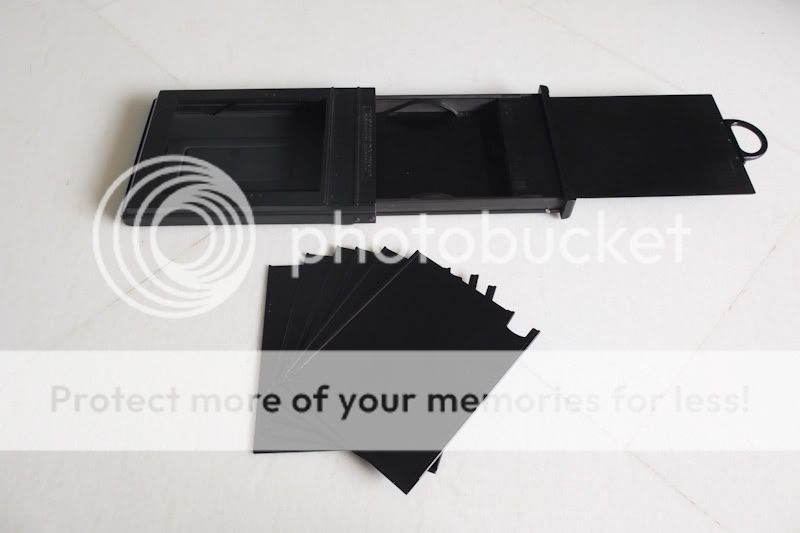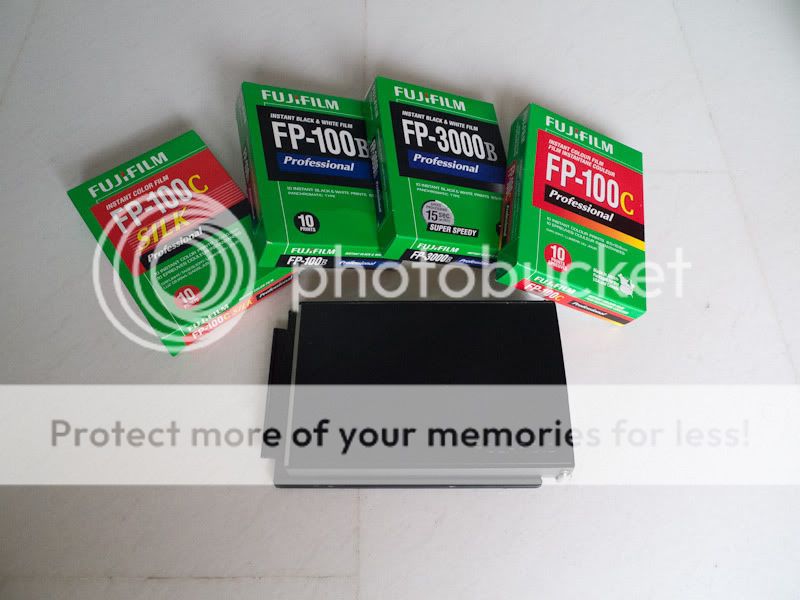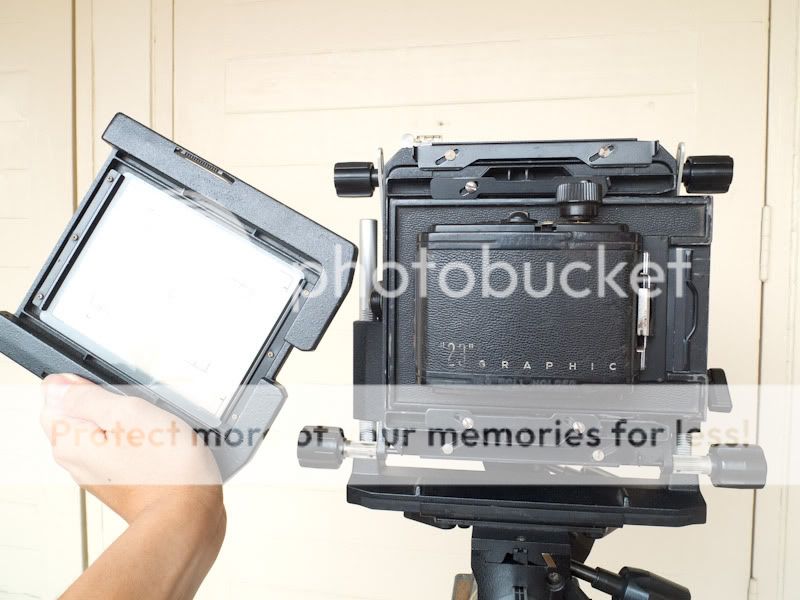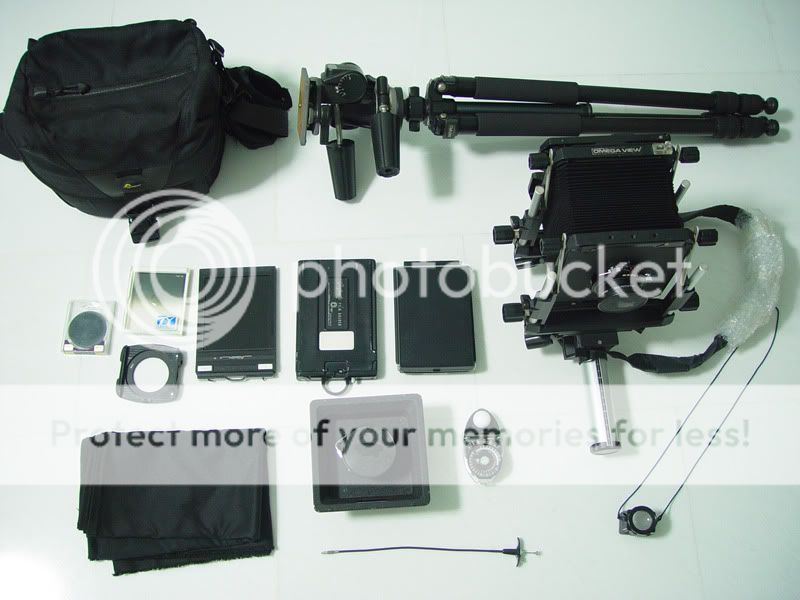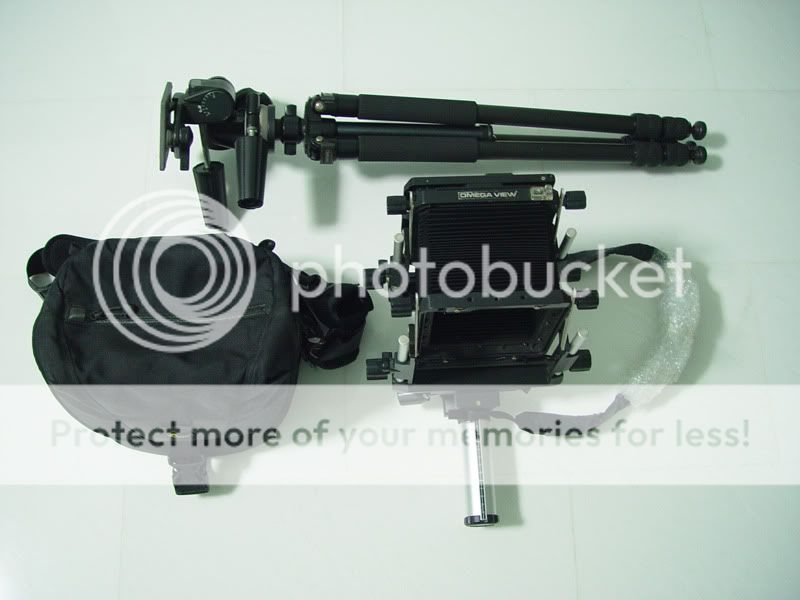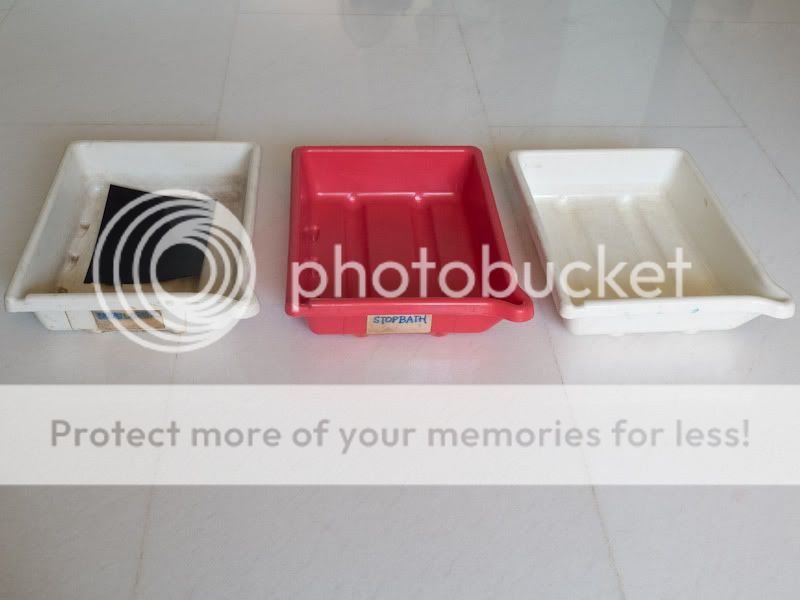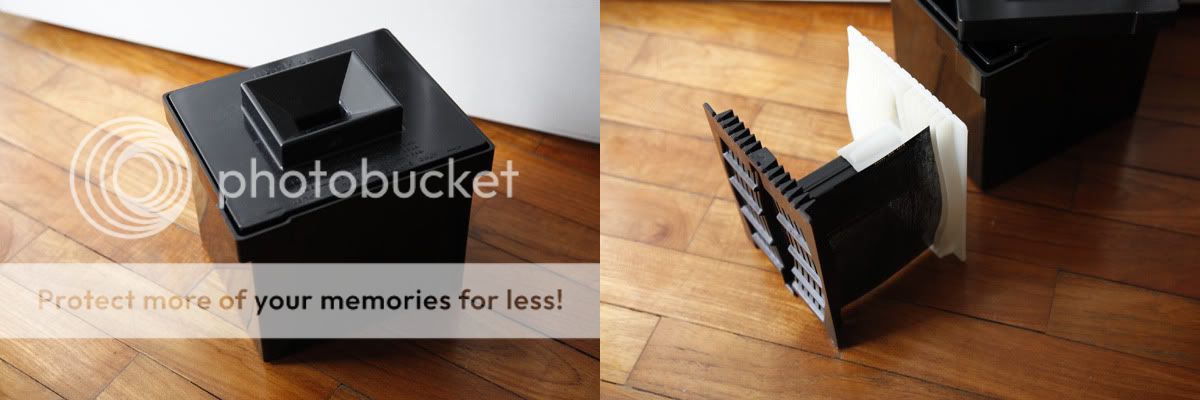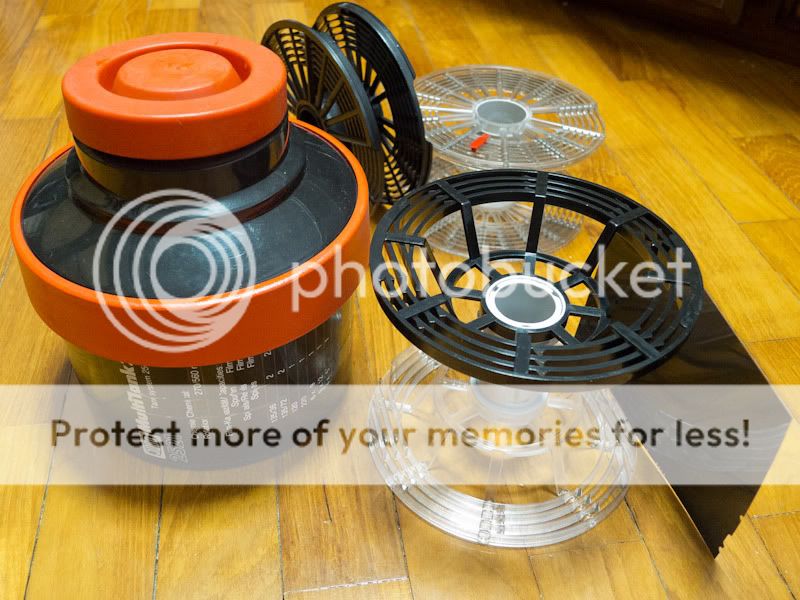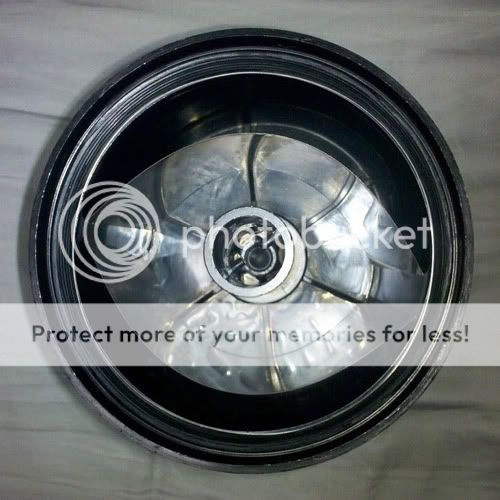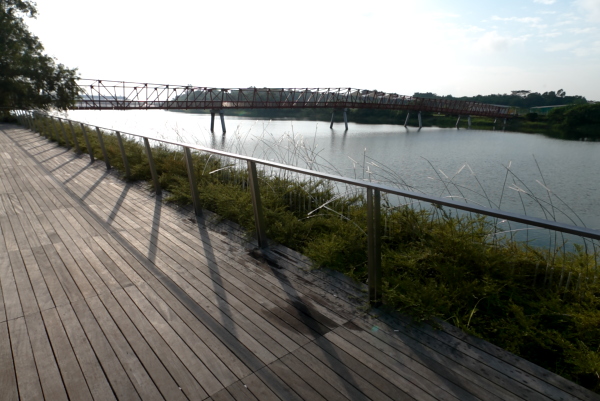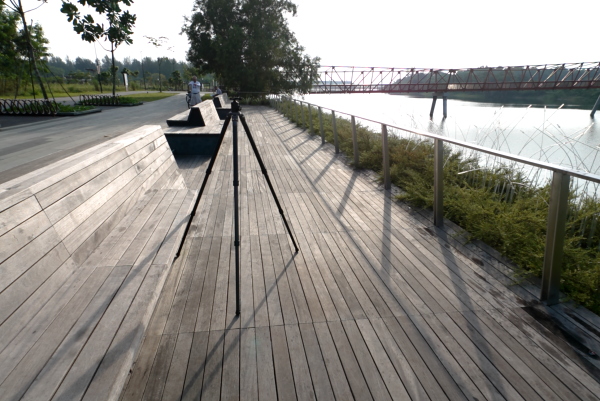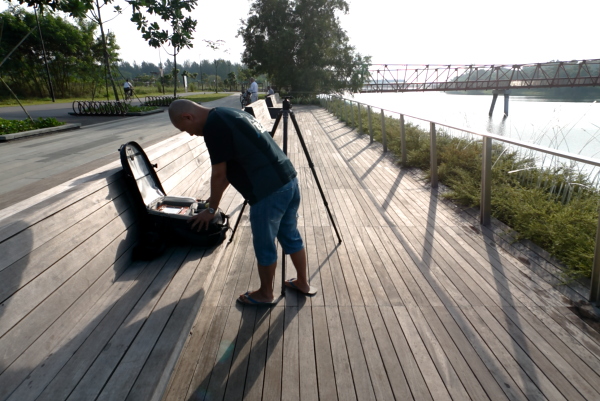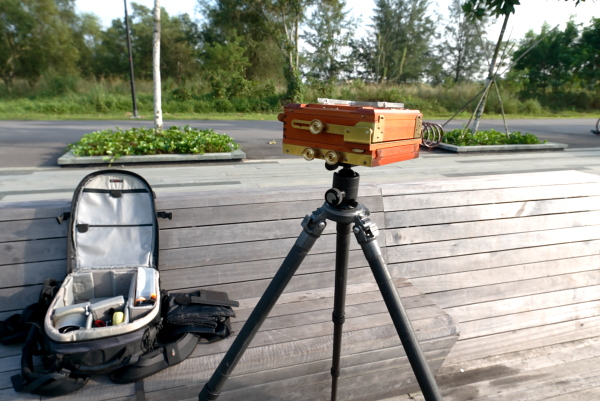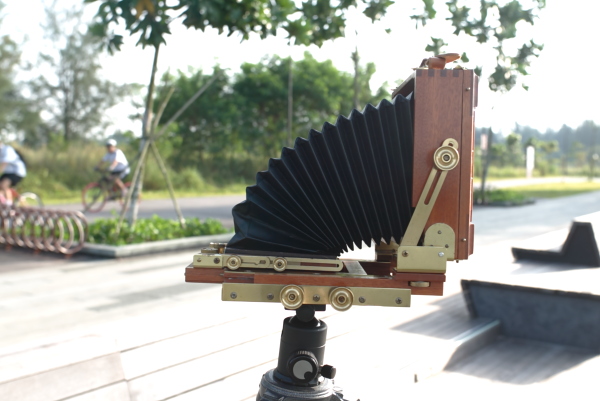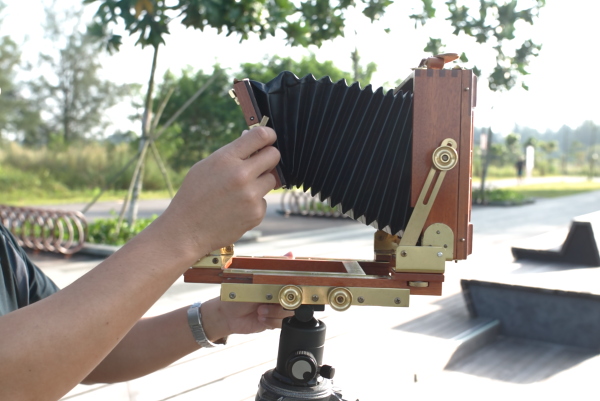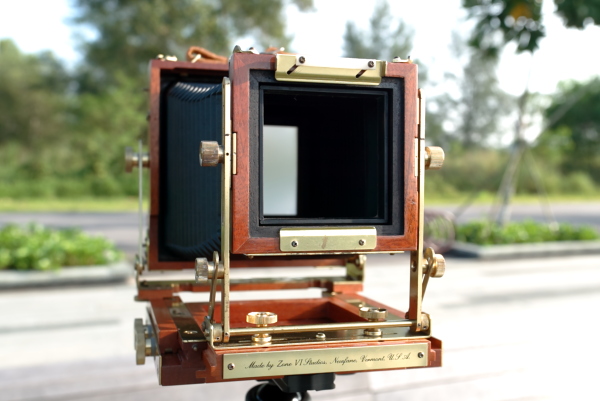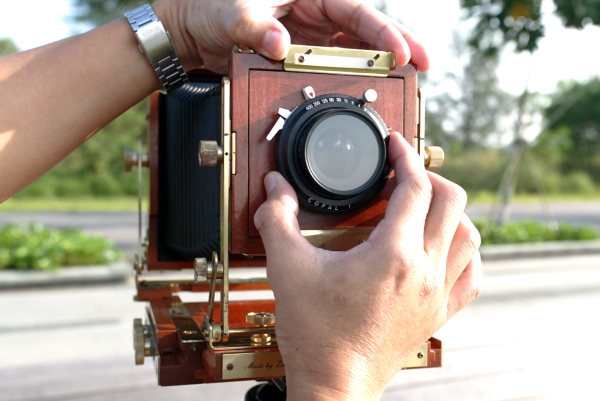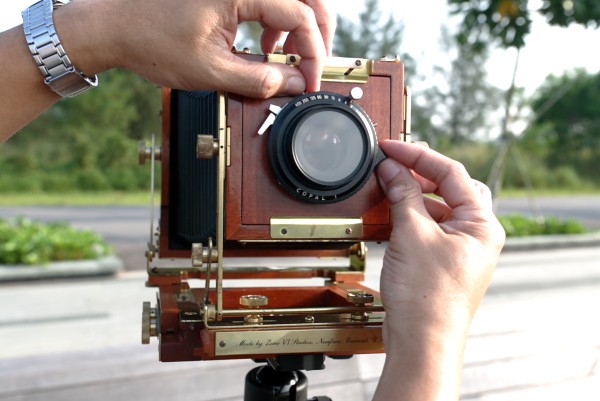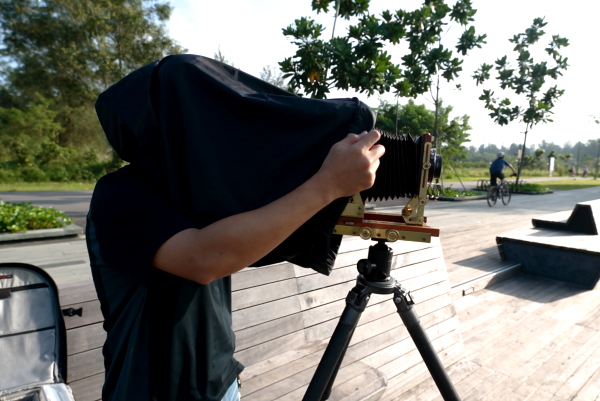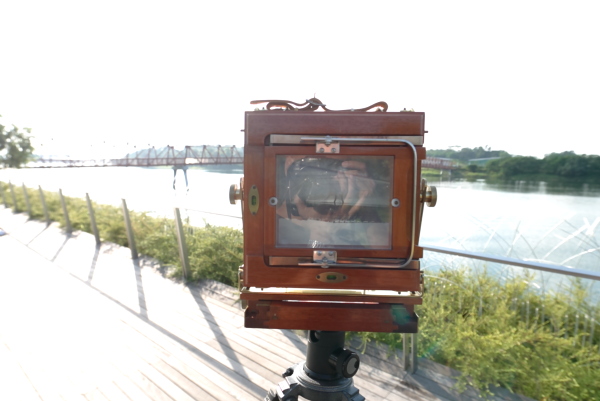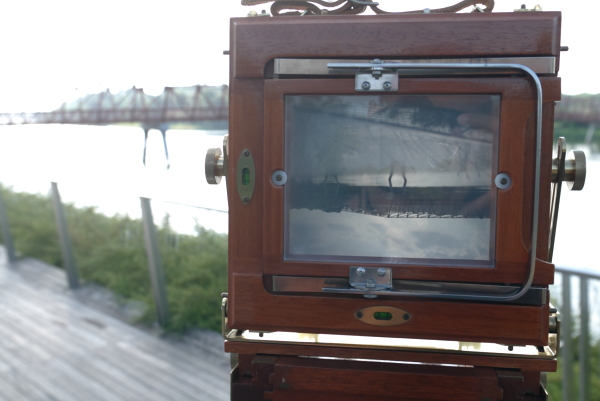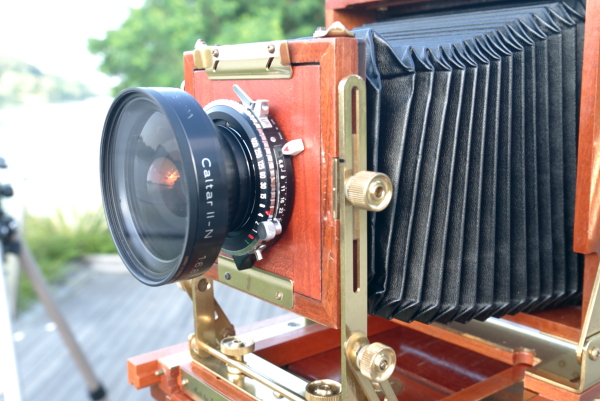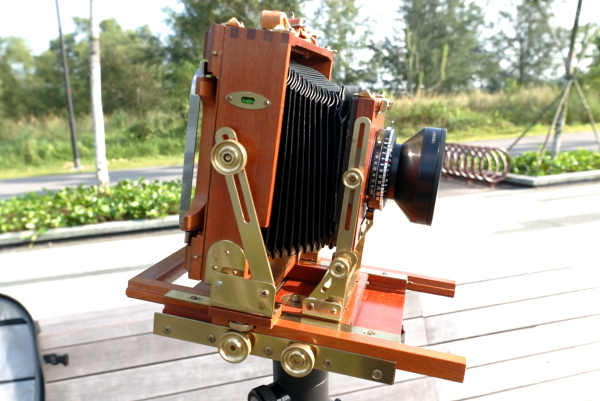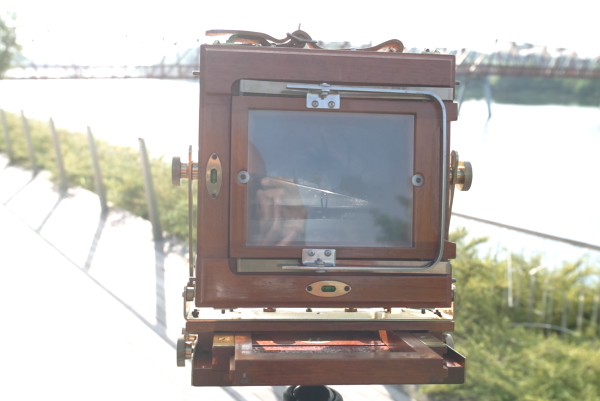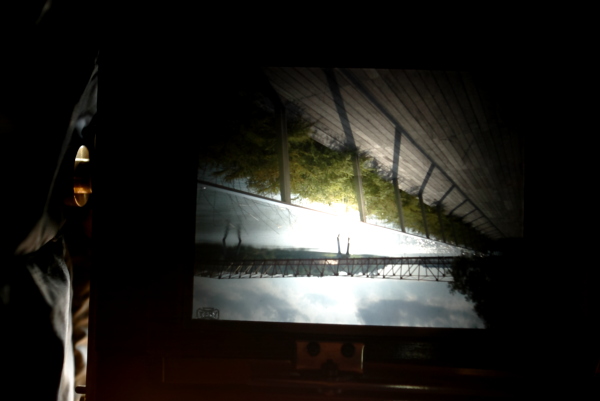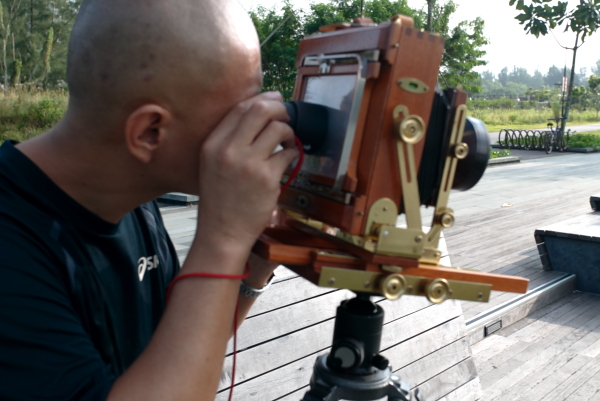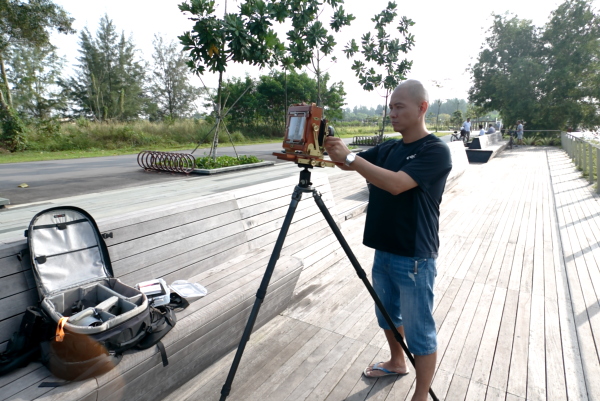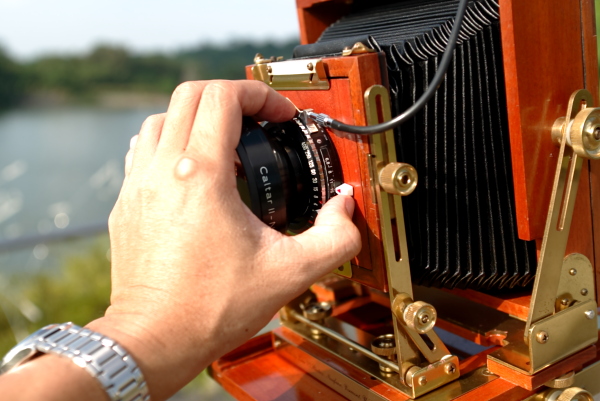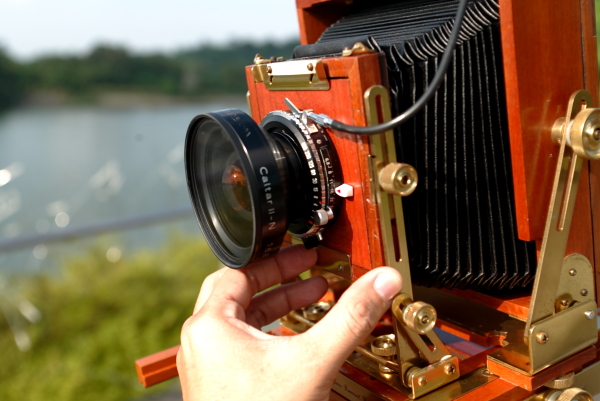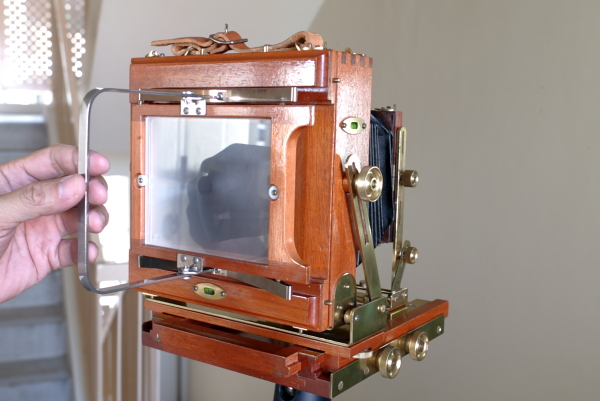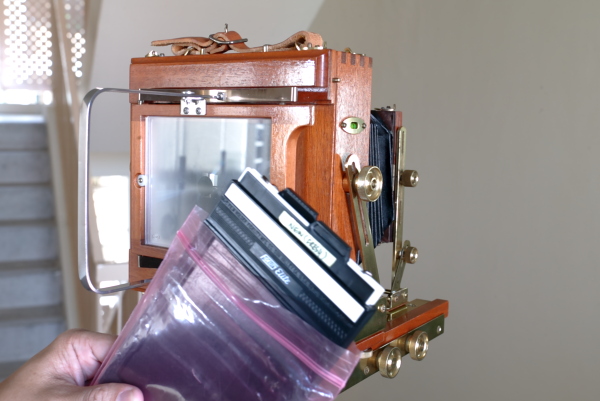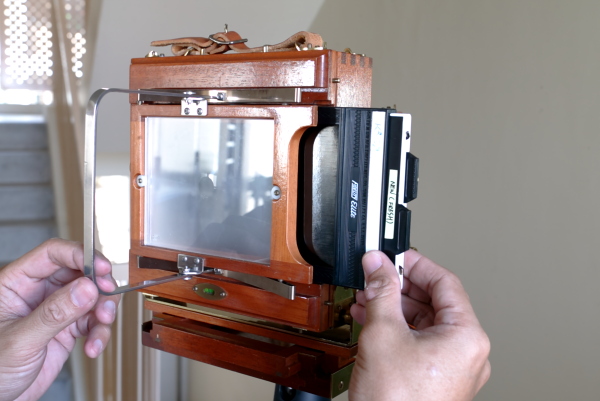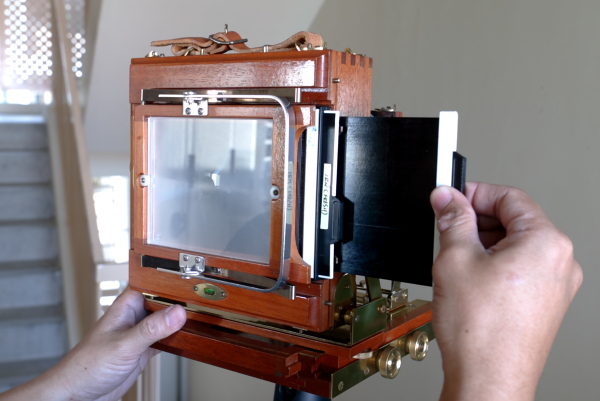This serve as a short summary for LF lenses:
Like all 135 and 120mm photography, the soul of LF photography is the LENS.
The Japanese Fujinon, Nikkor, Topcor Super, Yamasaki, are very sharp and contrasy.
The German lenses Schneider, Rodenstock, (Caltar, Calumet) are very rich in colour, expression and feel.
One thing different from 135 and 120 are, the lenses need not match the brand of the body!
The lens is mounted on a Shuttle (Copal 0, 1, 3). Copal 0=34.7mm Copal 1=41.8mm Copal 3=65mm.
For field cameras, Copal 1 is the limit as the front standard cannot damp the Copal 3.
Note that there is a Copal 00, which is smaller than 0 and needs a small adapter.
The Lens/Shuttle unit is mounted on the Lens Board.
Lens boards can be Toyo, Toyo Field, Sinar, Horseman, Linhoff and SpeedGraphics.
Fortunately, all lens board can be custom ordered from China at about USD35. Or DIY.
Wide Angle lens
Wide angle lenses for 4x5 cameras start in the 125mm range.
Wide angle lenses fall into : gentle wide (125mm to 110mm), wide (90mm to 80mm), very wide (75mm to 72mm), super wide (65mm).
Popular Candidates
Large openings are generally f/4.5 (Rodenstock, Caltar, Nikon) or f/5.6 (Schneider, Fujinon) -> 82mm filter size
Smaller openings are either f/6.8 (Rodenstock, Caltar, and the Schneider Super-Angulon) -> 46mm filter size
The Schneider Angulon 90mm 6.8 is a cult lens , about USD$300.
Small openings also f/8.0 (Nikon, Fujinon, and the older Schneider Super-Angulon) -> 67mm filter size
The f/4.5-f/5.6 versions are significantly larger and heavier than the f/6.8-f/8.0 versions.
Opitcally, may be the same(!) in terms of performance.
There were many comparisons of the 90mm F6.8 old Schneider performing similar to the 90mm F5.6 versions.
Because the wide openings are for ease of FOCUSING and Framing, so to speak.
F8 lens are hard to focus, but a Bright Focusing screen like YanKer can help:
Yanke Ultra Bright Fresnel+Ground Glass 4x5 Arca Swiss | eBay
Normal Lenses
The 150mm lens is the normal lens for a 4x5 camera.
In practice, lenses from 135mm to 180mm (and for some photographers, even 210mm) are considered "normal" for a 4x5 camera.
Popular Candidates
Schneider Xenar 135mm F4.7
Schneider Xenar 150mm F5.6
Fujinon 180mm F5.6
Nikkor 150mm F5.6
Long Lenses
210 mm lens of Copal 1 is already large for many Field Cameras.
210 to 300mm F8 are all usable, but for LF vibration is a concern as usually stop down to F16 and use slow exposure time.
Popular condidates
Nikkor 300mm F8 (cult lens)
Fujinon 210mm F8
Fujinon 210mm F5.6
Older lenses because of fame and repuation can cost an arm or leg/ Ektars and Xenars are great buys.
Ektars
Goertz (Red Dot) Artar
Dagor ** Extremely rare and cost a bomb.
Tessars,Xenars,Heliar
There are many other lenses that needs to be researched.
NOTE: The lens image circle are designed for 6x9 (120) 4X5 inch , 5X7 inch, 8X10 inch
There are many 6X9 lenses touted as 4X5 lenses. They are not. Can be used, but no shift/tilt or corners will be blurred.
There are lenses for 5X7 that cost more. If you shoot primarily 4X5, look for the 4X5 lens
The lens charts are here:
Check the coverage from 612 all the way up to 810.
Large Format lenses specs
Check the prices carefully, can range from USD300 to USD1500.
Becareful of con sellers in Ebay!
Many LF lenses are sold for a reason. Make sure there is a reputable seller and return policy.
What I carry on a Toyo 45A II modified as a complete Field/tour package:
Schneider Super Angulon 65mm F8
Rodenstock Granalon 90mm F6.8 (must carry)
Schneider Xenar 135mm F4.7
Super Topcor 150mm F5.6 (must carry)
Super Topcor 210mm F5.6
If the location is not too far, accessible by car:
Nikkor 75mm F4.5 (must carry)
Nikkor 90mm F4.5 (to be replaced by a Caltar Schneider 90mm F6.8)
Fujinon 150mm F5.6
Fujinon 180mm F5.6
Fujinon 210mm F5.6
Nikkor 300mm F8
